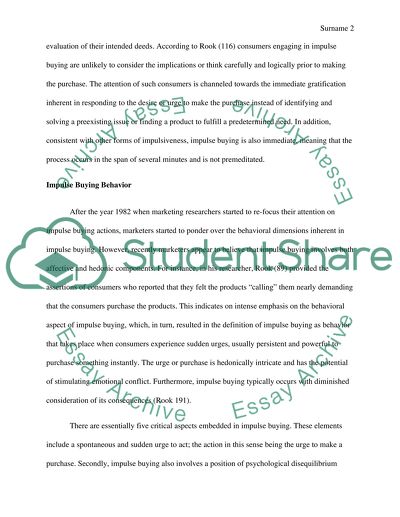Cite this document
(“Understanding & Researching Consumer Buyer Behaviour Essay”, n.d.)
Understanding & Researching Consumer Buyer Behaviour Essay. Retrieved from https://studentshare.org/marketing/1403020-understanding-researching-consumer-buyer-behaviour
Understanding & Researching Consumer Buyer Behaviour Essay. Retrieved from https://studentshare.org/marketing/1403020-understanding-researching-consumer-buyer-behaviour
(Understanding & Researching Consumer Buyer Behaviour Essay)
Understanding & Researching Consumer Buyer Behaviour Essay. https://studentshare.org/marketing/1403020-understanding-researching-consumer-buyer-behaviour.
Understanding & Researching Consumer Buyer Behaviour Essay. https://studentshare.org/marketing/1403020-understanding-researching-consumer-buyer-behaviour.
“Understanding & Researching Consumer Buyer Behaviour Essay”, n.d. https://studentshare.org/marketing/1403020-understanding-researching-consumer-buyer-behaviour.


